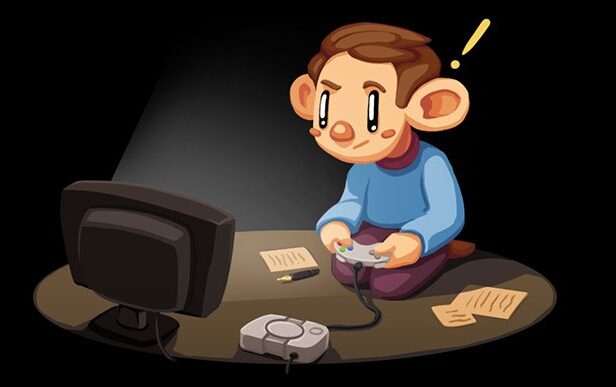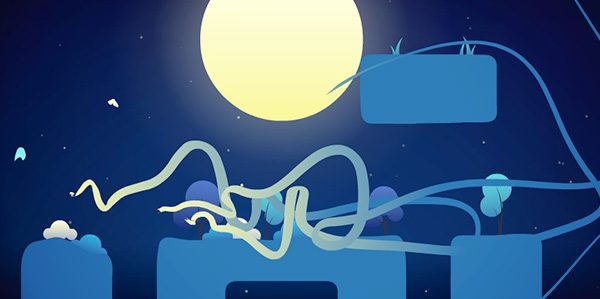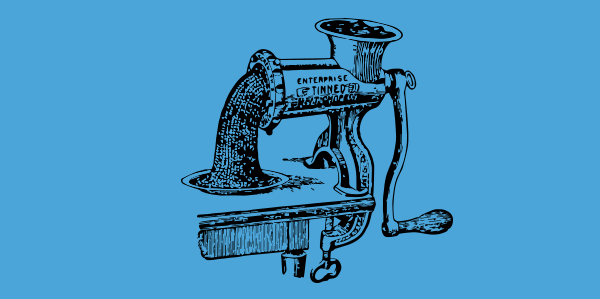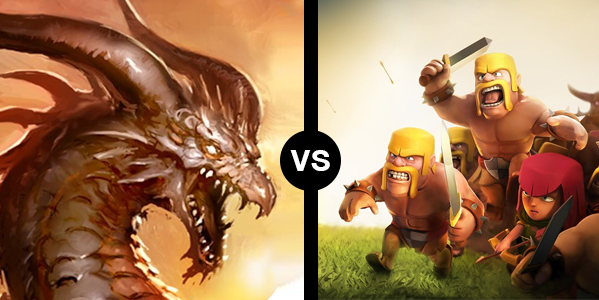Category
Game Design
#Game Design
How to expand your audience with Game Accessibility
We make games for others to enjoy. We want to reach the largest amounts of players possible within our target group. There are many decisions we can take in our design process to improve the feel of our game. We can invest time on the core mechanics, the aesthetics, and the sound design. All that is of great importance. We want our games to keep the players in a mental state of flow as much as possible. Our games should try their best to keep the player immersed in its world. In other words, our role as designers is to provide a good user experience. That is the field of UX design. It is all about making our creations usable, enjoyable and accessible. Those 3 components of UX design are deeply linked to one another. Your game will hardly be pleasant if its UI is...
#Game Design
Exploring Games from the Creator’s Perspective
There are a few ways we can go about improving our understanding of game design. We can read books, articles, watch talks… We can also analyze games! In this article, I want to explore with you an efficient analysis process, for learning purposes. It is about exploring games with a creator’s eye. For scholars or game analysts, a better source of information on game research would be the website Game Studies. When I study a game or one of its components, my goal is to better understand how it works. I want to know how it was built and why it was made that way. In other word, I’m looking to get a sense of the intention of its authors. A secondary objective is to sharpen my observation skills, to practice critical thinking. The goal of an analysis is not...
#Game Design
Squeezing more juice out of your game design!
So you’ve made a great core game. The mechanics are rock solid, the first time user flow feels great and people can understand how to play, but somehow your game doesn’t feel quite right. Since gamers first began interacting with controllers, designers have struggled to make experiences feel better, this adaptation of your games feel is often referred to as a game’s juiciness. What is juicing all about? Game Juice is a pretty wide yet specific concept. As the term suggests, juicing is about taking a game that works and adding layers of satisfaction to improve game feel. Satisfaction is created by the senses, every visual and auditory input has the ability to make something that is virtual work in a way that is more believable. It’s not the art of realism, but more the art of illusion that leads a...
#Game Design
How To Create Immersive Game Intros
Your game’s intro can make or break its retention. Nathan Lovato offers tips on how to get your players through the intro and make sure they stay long enough to get a taste of the best your game has to offer.
#Game Design
Quit the Grind: Other Ways to “Level”
In many RPGs you reach a point when battles are neither novel nor challenging, when you’re just going through the motions for gold or experienceーalso known as grinding. It can kill any momentum the game had going, and it turns play into work. The problem is that grinding is hard to avoid in the standard RPG formula where each battle pushes you closer to the big “level up.” You’re inherently rewarded for grinding, and sometimes forced to by sudden jumps in difficulty. Many classic RPGs have explored alternatives here, tooーlet’s see how they handled “leveling up.” LIMITED NUMBER OF ENEMIES This is the most simple solution- you can’t grind if there aren’t any more enemies! This is used by many Strategy RPGs (Fire Emblem, Front Mission, etc.) that they are divided into stages with a set numbers of enemies. This...
#Game Design
What Is The Compulsion Loop?
Joseph Kim details the compulsion loop concept, expands it with his own interpretation, and describes the potential future opportunity leveraging this concept.
#Game Design
Mid-Core Success Part 1: Core Loops
Mid-core games are casual games designed for adult males with a gaming background, who have a steady income but who simply don’t have time to play anymore now that they are older. Michail Katkoff explains how to strike the perfect balance between complexity and simplicity in order to hook mid-core gamers.
#Ads & Monetization
From Paid to Free(mium) in Three Steps
In this latest post, Michail Katkoff delves deeper into the realm of freemium and walks you through the process of assessing the profitability of switching an existing game from paid to freemium.
#Game Design
Don’t make me think – Applied to game design
No matter how big and smart our brains are, we humans are still lazy when it comes to thinking. Joakim Achrén, CEO at My Next Games company, is here to illustrate how embracing the inherent laziness of players can actually improve your games. And we will be adding some metric sauce here and there
#Game Design
Usability in Mobile Games: The Triumph of Bad Design?
Many successful games seem to have lately forgotten to include usability, which used to be the alpha and omega for game development, in their development process.









